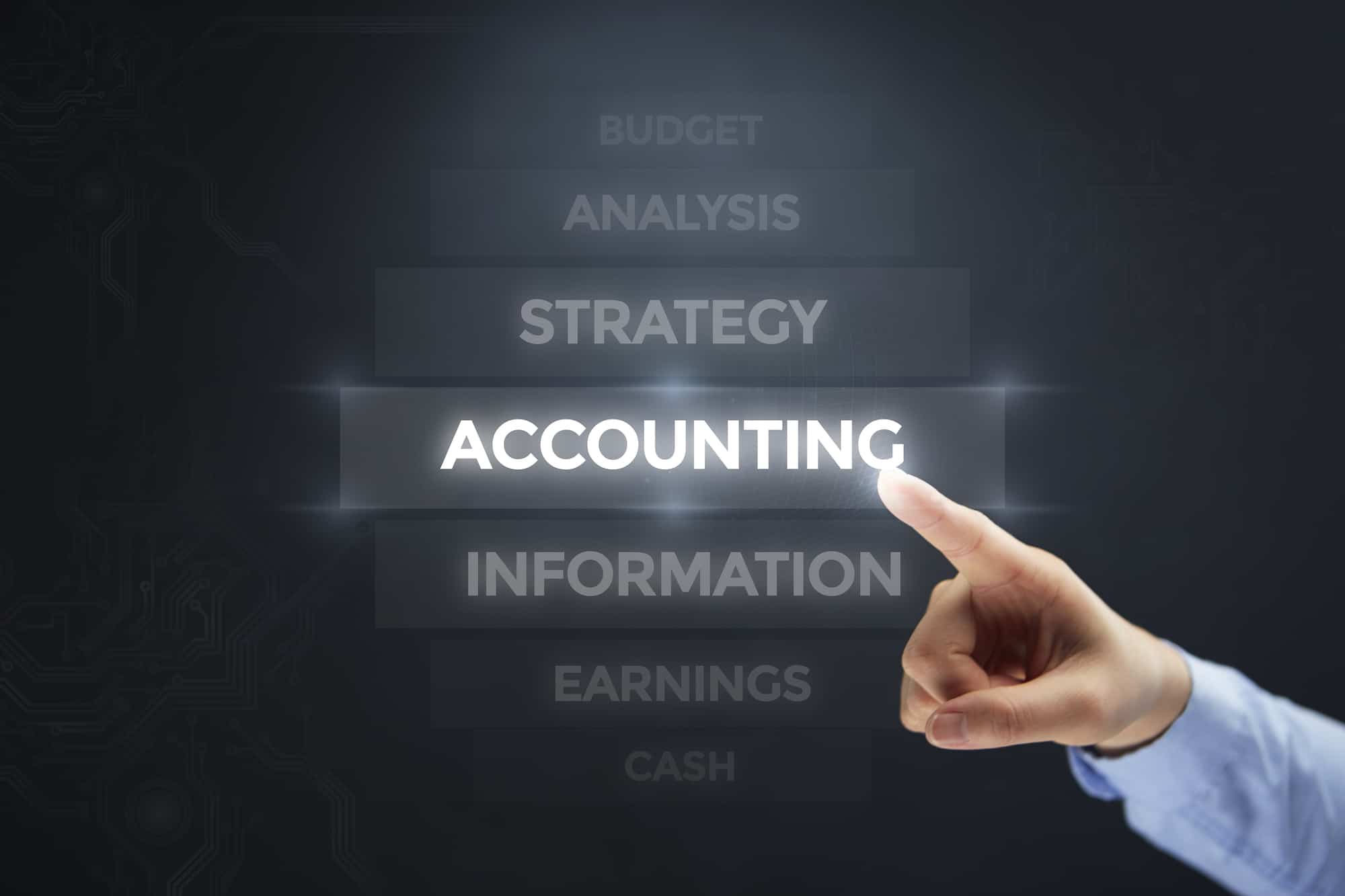As a CFO and accountant, I’ve created the books, cleaned up the books, and used the books to tell management about their company. To me, a company’s accounting books are sacrosanct. They contain 100% of the financial facts of the company—the truth, the whole truth, and nothing but the truth.
Until they don’t.
Lately, I’ve encountered client after client who keeps multiple sets of books. What’s worse…Some are not even aware that they are doing it.
Here are four reasons why your company might end up with more than one set of books (and what you can do to fix the problem).
Reason #1: You and your tax team are not in sync
Any company that pays income tax runs the risk of creating a second set of books. All tax preparers—even smart, well-meaning CPAs—make changes to the books they are keeping for you that will never be reflected in the books that you use to manage the company. To me, this is a terrible practice.
Take depreciation as a simple example. Tax law has all kinds of things to say about depreciation. It’s natural that your tax preparer would want to maximize your depreciation deduction each year, and they should. But they should also report back any adjustments so your bookkeeper can make the same adjustments.
And depreciation is just one example. A good CPA may find all kinds of mistakes, adjustments, and simplifications. But unless they are reporting them back in a few simple journal entries—and unless you are capturing and copying those entries—you’ll end up with two very different sets of books.
Too often a company’s management books and tax books drift apart—little by little, year after year—until they are so far apart that they have, literally, irreconcilable differences.
And frankly, YOU should care. Part of running a business is optimizing the tax impact and if your management books diverge from the numbers you report for taxes, you’ll have a rough time planning accurately. Furthermore, you may end up in a situation where only your tax accountant knows the real numbers and how to calculate them … a dangerous situation for lots of reasons.
What to do about it: To fix this, you’ll need to get the adjustments from your tax preparer. Then, ask your bookkeeper to make the same adjustments using a “13-period year.” Each month is one period (that’s 12!), and the last day of the year is period 13 by itself. The last period should include all tax adjusting entries so that on December 31 your books look just like the tax return. Be careful to put ONLY the tax adjustments into December 31 so you keep your operating results in the first 12 periods.
If that sounds like it will mess up the way you like to see your books, simply run your reports for the year without the tax adjustments (i.e., January 1 – December 30 only). Note: Do NOT let your bookkeeper “reverse” the entries in the new year without consulting the tax preparer, as this could eliminate the changes and put you right back where you started: with two diverging sets of books.
Why should you care? You need to care because banks do, and will want to see that you can “tie” your management books to your tax returns. Every time you go for a loan, they will want to know why there are differences. And the IRS will ask the same question if they ever audit your taxes.
Reason #2: You’re keeping a second set of books just to comply with GAAP
Like their tax prep cousins, some especially strict CPAs will insist that your books be GAAP compliant. GAAP, or Generally Accepted Accounting Principles, uses a book-full of rules that dictate how income and expenses get recorded.
Why should you care? While GAAP is very helpful for public companies, it is neither a requirement nor a best practice for most small businesses. A number of CPAs will likely send me angry comments about this advice, but I believe firmly that you should shape your own books in a way that makes sense to you. As long as you adhere to basic accounting principles, you are free to make your financial statements tell you whatever you want. And if that is contrary to the finer points of GAAP, no one should care.
What to do about it: No matter how you keep your books, do NOT let someone else keep a second set simply to comply with GAAP. It’s a waste of resources and will probably serve only to confuse you. If you’re already a victim of an over-zealous accountant, my advice is to simply stop. Stop spending money on separate GAAP reporting and find a new accountant who will give you the tools and advice you need to run the company with the one set of books you have.
Reason #3: You have security concerns
Some executives and business owners believe that keeping some records “off the books” will prevent the staff from seeing sensitive financial details (like payroll, perks, or ownership details). Hogwash. Once an executive starts keeping spreadsheets—or, as I have seen in the past, complete QuickBooks files full of “secret” details—the integrity of financial reporting goes out the window. (And unnecessary complexity sets in!)
Why should you care? Keeping a second set of books will always result in mistakes, duplicate data entry, and a general lack of both clarity and precision. You need your books to be clean, clear, and complete. You should not have to consult three spreadsheets and two QuickBooks files to figure out whether you made a profit this month!
What to do about it: Let go of the reins a bit. If there is not a single person at the company who you can trust to do the books honestly and with a full, clear view of the expenses, then try outsourcing your bookkeeping to a reputable firm. As an added benefit, you may find that when you stop doing extra accounting work yourself, you’ll have more time to focus on much more important tasks.
Reason #4: You’re using too much software
Having just one set of books means having just one piece of software at the heart of the accounting process. Unfortunately, some companies use an ERP system that, for example, makes invoices but does not track collections or deposits. Or they have a Point of Sale (POS) system that tracks inventory quantities but does not report the cost of the items sold. There are a hundred stories like this—multiple systems in a company that do not tightly integrate. Watch out!
Why should you care? Anytime you have two systems running the business, you will end up with two sets of books that can never be pieced back together. Each may be correct and give a part of the story, but you’ll miss the granular details that come from combining all your data in one place—things like customer profitability, detailed cost of goods sold, or annual inventory turns.
What to do about it: This is the stickiest problem on our list. If you’ve got multiple people and multiple software platforms each producing just a piece of the finance picture, it is imperative that you work toward a tighter integration. Fortunately, there are often technology solutions—synch tools and cloud platforms that bring multiple data streams together. If your systems are not working together, however, it may be time to scrap them and start over.
It’s time to come together
No matter why you have multiple sets of books, the time to do something about it is now. Commit to having one set of clear, concise, and complete accounting records as soon as possible. There is simply no other way to know what you need to know about your business: the truth, the whole truth, and nothing but the truth!
David Worrell
FuseCFO
______________
About FUSE Financial Partners
FuseCFO is here to help you take action on these and many other important business initiatives.







 I’ve accepted it: Retirement is dead. Anyone still working today might never be able to retire.
I’ve accepted it: Retirement is dead. Anyone still working today might never be able to retire.
 As if managing your business wasn’t enough of a challenge, one day you wake up to find that your company needs a number of cars or trucks… and suddenly you are a fleet manager too. Buying a fleet is no small task and deserves some careful thought. Even having one car in the name of the business can trigger decisions and expenses you might not have imagined.
As if managing your business wasn’t enough of a challenge, one day you wake up to find that your company needs a number of cars or trucks… and suddenly you are a fleet manager too. Buying a fleet is no small task and deserves some careful thought. Even having one car in the name of the business can trigger decisions and expenses you might not have imagined.






